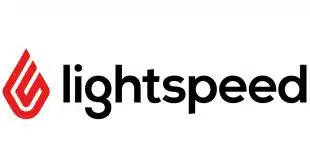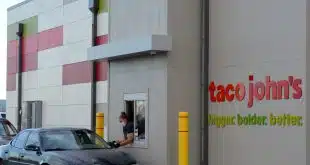Financial institutions, processors, and regulators have been moving toward systems that speed up electronic payments, but ironically their success in replacing paper checks with electronic processing may undermine their efforts.
That’s because image exchange, the process by which paper checks are replaced by electronic images for clearing, has driven down the cost of processing so much that banks may never get rid of checks, says Gareth Lodge, a senior analyst at Celent, a Boston-based consultancy.
As banks begin to build real-time payments rails, he warns, they may be stuck with the costs of two systems, one for declining-but-not-quite-disappearing check volume and one for faster payments settlement.
Providers like the Federal Reserve charge more per item as image volumes drop. “As check volumes continue to fall, the cost per check processed will rise,” Lodge notes in a report he published last week. “Without a plan to manage this, banks may find themselves with the worst of both worlds—rising costs for existing systems, and the bill for an underused replacement system.”
In the United States, several bank-related parties have announced plans to build faster-payment systems. NACHA, the governing body for the automated clearing house network, on Tuesday released a proposal for a same-day settlement infrastructure that would take effect over an 18-month span between 2016 and 2018; currently, ACH credits and debits clear next day.
Meanwhile, The Clearing House, a New York City-based bank processing and technology company controlled by nearly two dozen major financial institutions, has released plans for a real-time settlement system. And the Federal Reserve is expected later this month to reveal its plans for near-real-time clearing for certain transactions.
At the same time, though, Lodge says his forecast is that checks, while declining in number, aren’t going away any time soon. In his new report, “Noncash Payments: Global Trends and Forecasts,” Lodge predicts U.S. check volume will drop from the 22.4 billion items seen in 2010 to nearly 8.7 billion in 2017. While that’s a dizzying plunge, he cites several factors that are likely to slow down checks’ decline.
One factor relates to Check 21, the 2004 law that helped replace paper checks with images. Technologies that take advantage of imaging, such as remote-deposit capture, have made checks less burdensome for businesses to accept and for banks to process. And, in the U.S. at least, the paper is still there as people continue to write checks.
“What Check 21 was good at was removing paper at certain points in the value chain,” Lodge tells Digital Transactions News. “Still, someone has written that check in the first place. We’re not weaning customers off of them. And checks are still printed and distributed, which has a cost.”
That leaves financial institutions and processors in a ticklish position. If checks decline but then more or less level off for a while, banks will have to deal with a persistent payments item whose cost has increased with dropping volume, while at the same time funding a wholly new set of payments pipelines designed for faster—possibly real-time—settlement.
“It’s the worst of both worlds if [banks] don’t get behind what they build,” Lodge says. That means actively discouraging checks while promoting the faster payments rails. “They can’t say, ‘Well, we’ve built a real-time system, now let’s get back to selling checks,’” he adds.
That will be tough, especially at the beginning if banks feel they can charge more—and extract a bigger margin—processing checks than handling real-time payments.
“If you’ve got quarterly goals to hit, what are you going to do?” asks Lodge.




